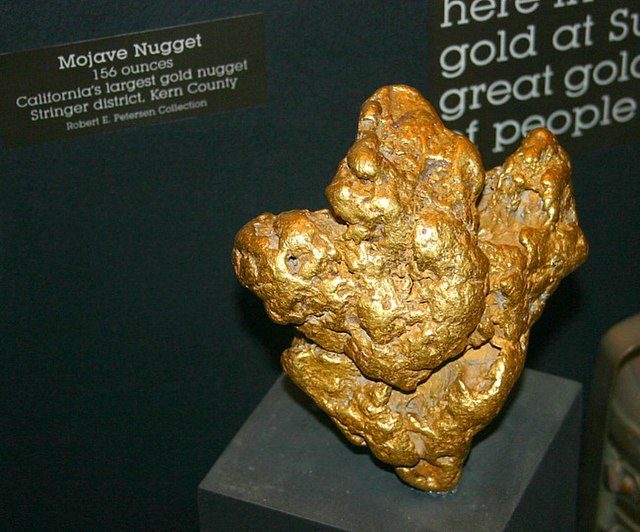The Crosby Garrett Helmet is a copper alloy Roman cavalry helmet dating from the late 2nd or early 3rd century AD. It was found by an unnamed metal detectorist near Crosby Garrett in Cumbria, England, in May 2010. Later investigations found that a Romano-British farming settlement had occupied the site where the helmet was discovered, which was located a few miles away from a Roman road and a Roman army fort. It is possible that the owner of the helmet was a local inhabitant who had served with the Roman cavalry.
Crosby Garrett Helmet
The helmet on display at Christie's in 2010
Side view of the helmet
The Ostrov Helmet from Romania, which has a similar "Phrygian cap" design
A metal detector is an instrument that detects the nearby presence of metal. Metal detectors are useful for finding metal objects on the surface, underground, and under water. A metal detector consists of a control box, an adjustable shaft, and a variable-shaped pickup coil. When the coil nears metal, the control box signals its presence with a tone, light, or needle movement. Signal intensity typically increases with proximity. Another common type are stationary "walk through" metal detectors used at access points in prisons, courthouses, airports and psychiatric hospitals to detect concealed metal weapons on a person's body.
An early metal detector, in 1919, used to find un-exploded bombs in France after World War I
This 156-troy-ounce (4.9 kg) gold nugget, known as the Mojave Nugget, was found in 1977 by an individual prospector in the Southern California Desert using a metal detector.
Metal detectors at Berlin Schönefeld Airport







